Psychology Safety at Work: The Definitive Guide for 2025
Imagine a workplace where every voice is heard, and mistakes spark learning instead of blame. That is the promise of psychology safety at work, a concept that empowers teams to innovate and grow together.
In this definitive guide, you will discover what psychology safety at work means, why it is critical for 2025, and how to create an environment where everyone thrives. We will define key principles, share data-backed business impacts, identify barriers, and walk you through actionable steps for lasting change.
Ready to build a culture where your team feels safe, valued, and inspired? Let’s dive in, and for further expert support, explore resources at Accountability Now.
What is Psychological Safety at Work?
Imagine a team meeting where everyone eagerly shares ideas, asks questions, and learns from mistakes. This is the power of psychology safety at work. When employees trust that their voices matter, innovation and growth follow.
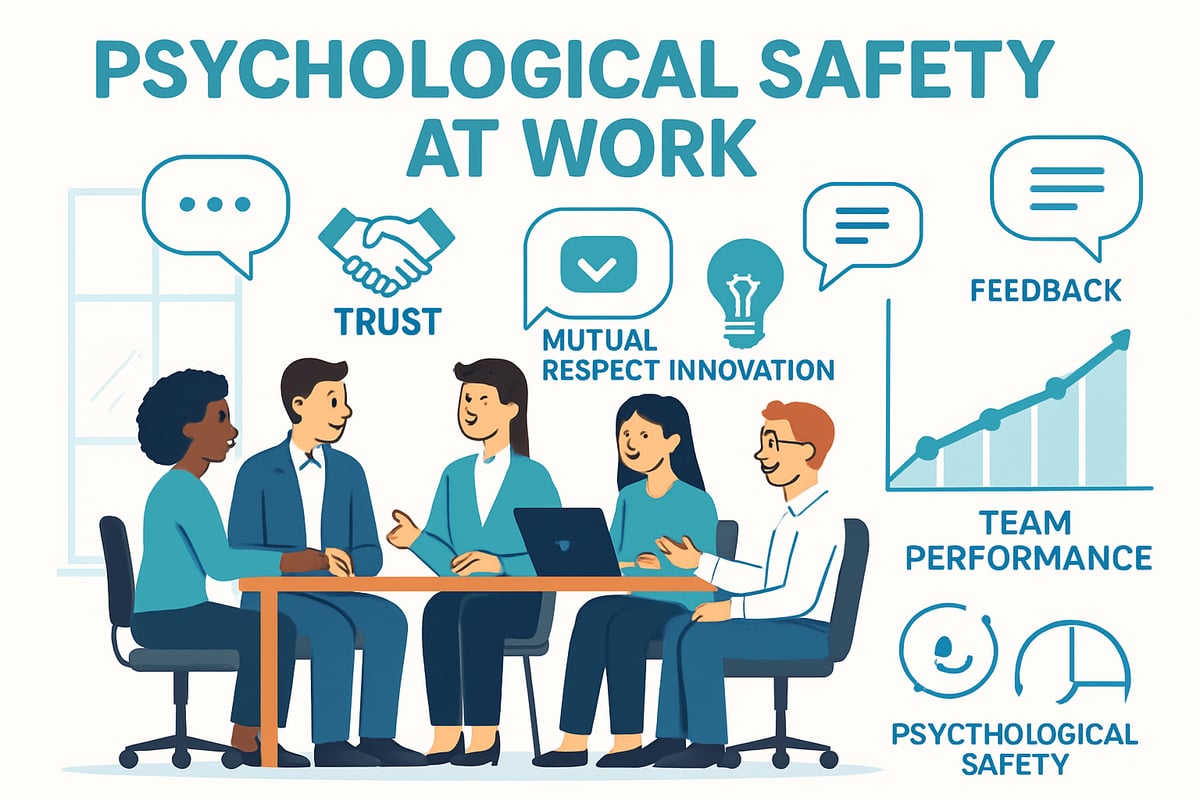
Defining Psychological Safety
Psychology safety at work is a shared belief among team members that the environment is safe for taking interpersonal risks. This means employees feel comfortable speaking up, sharing ideas, and admitting mistakes without fearing embarrassment or negative consequences.
The concept gained prominence through Dr. Amy Edmondson of Harvard Business School, who emphasized that teams thrive when everyone feels heard. Key elements include open communication, mutual respect, and freedom to express differing viewpoints.
It is important to distinguish psychology safety at work from trust. While both encourage honesty, trust is about believing others will act with integrity, whereas psychological safety is about feeling safe to participate fully. Here’s a quick comparison:
| Aspect | Trust | Psychological Safety |
|---|---|---|
| Focus | Reliability of others | Safety to take risks |
| Outcome | Predictable behavior | Open dialogue, idea sharing |
| Primary Question | Can I rely on you? | Can I speak up without fear? |
For a deeper dive into the foundations of psychological safety, explore how these principles shape thriving workplaces.
Why It Matters in 2025
The importance of psychology safety at work is only increasing as organizations navigate the complexities of 2025. With the rise of hybrid and remote work, employees face new challenges in communication and collaboration. Creating an environment where everyone feels secure to share opinions is essential.
As workplaces become more diverse, inclusive cultures are critical. Psychology safety at work ensures all voices are valued, leading to greater creativity and adaptability. This link to innovation is clear in Google’s Project Aristotle, which identified psychological safety as the top predictor of high-performing teams.
Recent data underscores the business case. According to Deloitte (2023), teams with high psychological safety are 27% more likely to report strong performance. In a rapidly changing world, organizations that prioritize psychology safety at work gain a decisive edge in resilience and adaptability.
Signs of Psychological Safety (and Lack Thereof)
How can you tell if psychology safety at work truly exists? Look for open dialogue, where team members ask questions, challenge ideas, and provide constructive feedback. Leaders who visibly support these behaviors set the tone for an inclusive culture.
Positive indicators include employees sharing concerns, offering new solutions, and learning from failures. Conversely, warning signs emerge when people withhold ideas, fear making mistakes, or hesitate to ask for help. These patterns can stifle innovation and lead to disengagement.
Consider a real-world contrast. In a tech startup with high psychology safety at work, brainstorming sessions are energetic and mistakes spark learning. In contrast, a rigid corporate environment with low psychological safety sees team members remain silent, fearing criticism or retribution.
Building such a culture requires commitment. For organizations looking to strengthen their approach, expert guidance from resources like Accountability Now can provide the next step toward lasting change.
The Business Impact of Psychological Safety
Imagine a workplace where innovation thrives, employees feel energized, and organizations consistently outperform their competitors. This is the promise of psychology safety at work. In 2025, companies are recognizing that creating safe environments is not just a cultural imperative, but a business necessity.
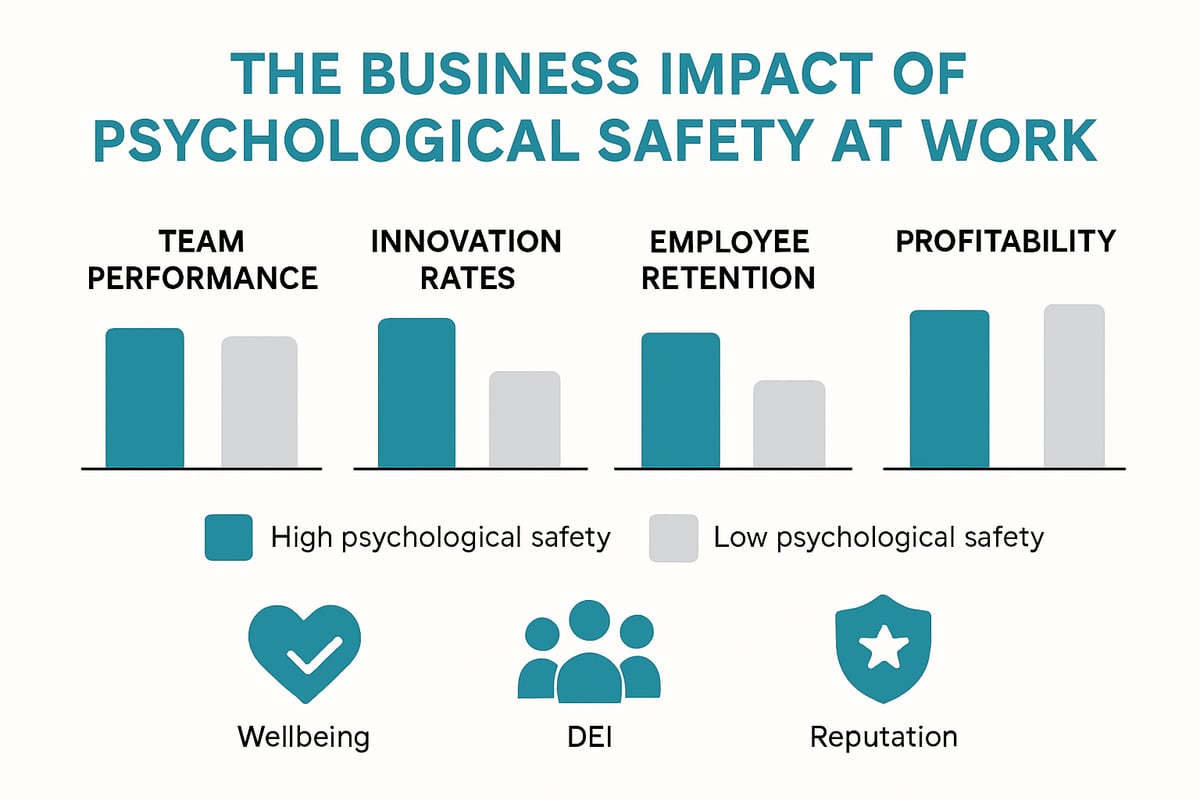
Effects on Team Performance and Innovation
Teams with strong psychology safety at work routinely achieve superior results. When employees feel safe to share ideas, challenge norms, and admit mistakes, creativity flourishes. Google’s Project Aristotle famously found that psychological safety was the number one predictor of high-performing teams.
Innovation accelerates in these environments. Microsoft’s shift to a “Growth Mindset” culture led to a noticeable spike in new product ideas and creative problem-solving. According to Gallup (2024), organizations in the top quartile for psychological safety outperform their peers by 12 percent in profitability.
Key drivers include:
- Open dialogue and risk-taking without fear
- Rapid learning from failures
- Diverse perspectives leading to breakthrough solutions
For leaders, investing in psychology safety at work unlocks the full potential of every team member.
Influence on Employee Wellbeing and Retention
Psychology safety at work is a powerful safeguard against burnout and disengagement. Employees who feel safe are more likely to speak up about workloads, stress, or personal challenges. This openness reduces absenteeism and turnover rates.
The impact is especially pronounced in high-stress industries. Healthcare teams with high psychological safety report 50 percent fewer medical errors (BMJ, 2022). When staff trust their voices will be heard, morale and job satisfaction rise.
Key benefits:
- Higher job satisfaction and mental health
- Lower turnover and absenteeism
- Enhanced peer support and collaboration
Ultimately, organizations that prioritize psychology safety at work retain top talent and foster resilient teams.
Organizational Reputation and Risk Management
A commitment to psychology safety at work enhances employer branding and attracts high-caliber candidates. Companies known for safe, inclusive cultures become magnets for top talent.
Risk management also improves. Clear channels for raising concerns lead to fewer compliance violations and workplace conflicts. For example, one financial services firm reduced whistleblower incidents by 30 percent after launching safety initiatives.
Organizations benefit from:
- Stronger reputation in the marketplace
- Lower risk of costly legal issues
- More effective internal controls
When psychology safety at work is prioritized, organizations build trust inside and outside their walls.
Impact on Diversity, Equity, and Inclusion (DEI)
Psychology safety at work is the foundation for effective DEI initiatives. Diverse teams need safe spaces to express unique viewpoints and challenge groupthink. When minority voices are valued, decision-making quality soars.
Research from Cloverpop (2023) shows that diverse teams with high psychological safety make better decisions 87 percent of the time. Inclusive leaders who model openness and curiosity foster belonging and unleash hidden talents.
Key outcomes:
- Greater diversity of thought and innovation
- Higher engagement among underrepresented groups
- Reduced bias and workplace inequity
Organizations that invest in psychology safety at work drive meaningful and measurable DEI progress.
Bottom-Line Benefits
The financial advantages of psychology safety at work are clear. Companies with safe cultures see direct links to higher ROI, customer satisfaction, and sustainable growth. According to Mercer, providing psychological safety at work is good for business, fueling stronger social bonds and greater loyalty.
Table: Business Outcomes Linked to Psychology Safety at Work
| Outcome | Impact |
|---|---|
| Profitability | +12 percent (Gallup, 2024) |
| Employee retention | Turnover reduced by up to 27 percent |
| Innovation | More frequent breakthrough ideas |
| Customer satisfaction | Higher NPS and repeat business |
| Compliance & risk reduction | Fewer violations and incidents |
For organizations seeking to future-proof their operations, psychology safety at work is a strategic investment.
Barriers to Psychological Safety in Modern Workplaces
Psychology safety at work remains a challenge in many organizations, even as leaders recognize its value. Understanding the barriers that undermine this safety is essential for creating environments where people feel free to contribute ideas, take risks, and learn from mistakes. Let’s explore the most common obstacles and how they manifest in today’s workplaces.
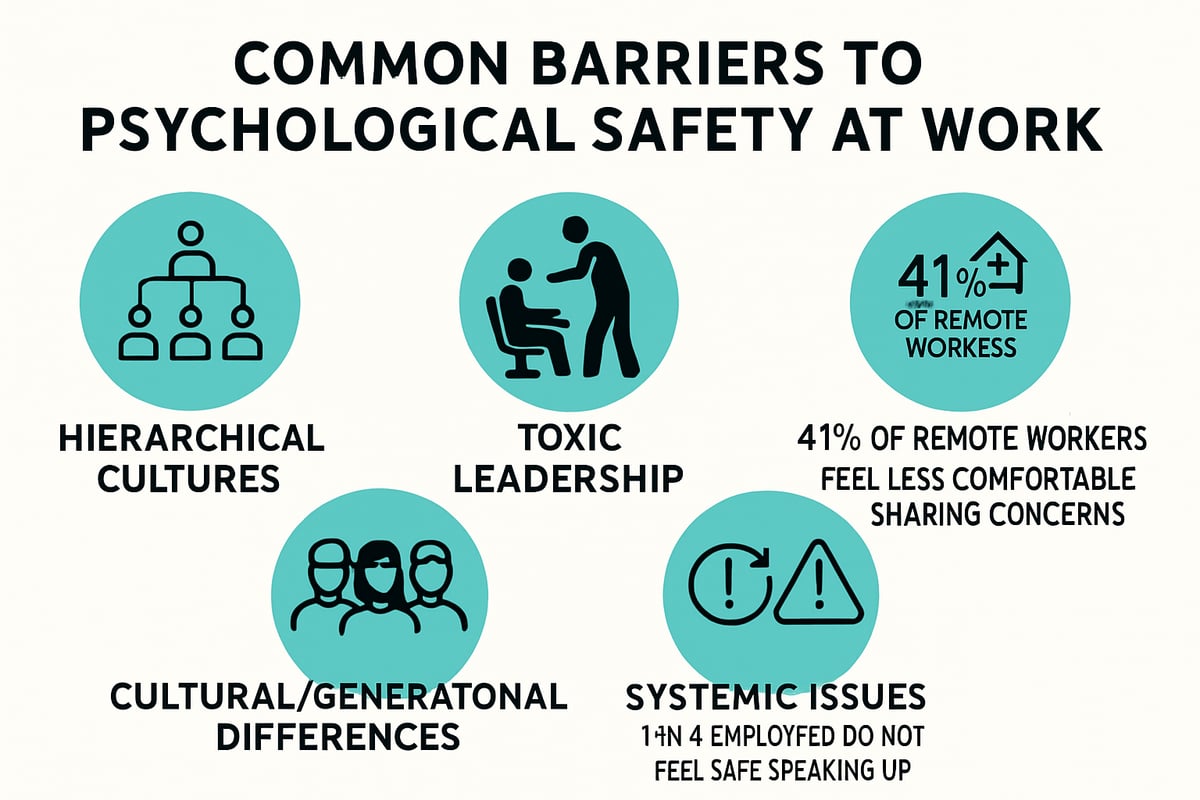
Common Obstacles
One of the most persistent barriers to psychology safety at work is a rigid hierarchy. In top-down cultures, employees often hesitate to challenge ideas or provide honest feedback. Toxic leadership, including micromanagement and favoritism, further discourages open dialogue.
Fear of failure is another obstacle. If mistakes are met with blame or punishment, people will hide errors rather than learn from them. This creates a culture where innovation stalls and growth is limited.
A clear example is when a project fails because team members were afraid to voice concerns early. When employees worry about negative consequences, they often stay silent, and the organization suffers.
The Role of Remote and Hybrid Work
Remote and hybrid work have introduced new challenges for psychology safety at work. Physical distance can lead to communication breakdowns and fewer informal interactions. This isolation makes it harder for employees to build trust and share concerns.
According to Buffer’s 2024 data, 41% of remote workers report feeling less comfortable raising issues. Misinterpretations are more likely when communication relies on email or chat, where tone and intent can be lost.
Without face-to-face cues, teams may overlook subtle signs of discomfort or disengagement. Leaders must be intentional about creating virtual spaces where everyone feels heard.
Cultural and Generational Factors
Diverse workplaces bring together people with varying communication styles, cultural backgrounds, and attitudes toward authority. These differences can create friction and misunderstandings, posing barriers to psychology safety at work.
Generational gaps also play a role. Younger employees may expect frequent feedback and open dialogue, while older generations might be used to more formal or reserved communication. Bridging these gaps requires ongoing education and empathy.
Organizations that do not address these differences risk creating an environment where some voices dominate while others are excluded. Inclusive training and structured feedback can help level the playing field.
Systemic Issues and Early Warning Signs
Systemic issues, such as unclear HR policies or a lack of leadership accountability, can undermine psychology safety at work across the entire organization. When employees are unsure how to report concerns or see no follow-through, trust erodes.
Early warning signs include rising turnover, widespread employee silence, or visible disengagement. These red flags often signal deeper issues with workplace culture. According to Why 1 in 4 Employees Still Don’t Feel Safe Speaking Up at Work, many organizations still struggle to create truly inclusive environments, despite their best intentions.
Addressing these systemic barriers is not only about policy but also about modeling accountability at every level.
Steps to Building Psychological Safety at Work in 2025
Creating lasting psychology safety at work is not a one-time initiative. It is an ongoing journey that requires deliberate action, consistent leadership, and a culture where everyone feels heard. Here’s a step-by-step roadmap to help your organization build, nurture, and sustain psychology safety at work for 2025 and beyond.
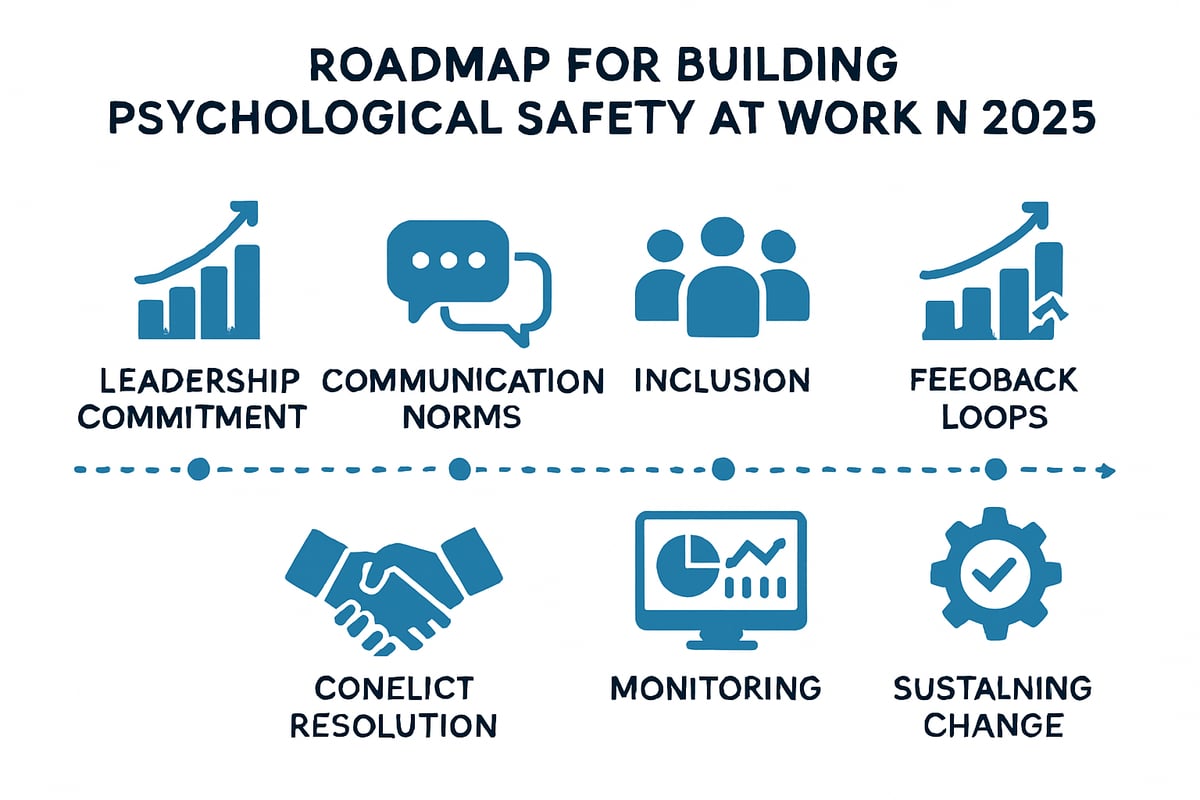
Step 1: Leadership Commitment and Role Modeling
Change begins at the top. Leaders set the tone for psychology safety at work by modeling vulnerability, transparency, and empathy. When leaders admit mistakes publicly and invite honest feedback, they signal that it is safe to take risks.
Regular CEO town halls, open Q&A sessions, and visible support for new ideas make a difference. Leaders who share their own learning experiences foster trust and encourage employees to speak up.
To embed psychology safety at work, leaders must also recognize and reward behaviors that support open communication. This creates a ripple effect, inspiring managers and teams to follow suit.
Step 2: Establish Clear Communication Norms
Clear communication norms are the backbone of psychology safety at work. Set ground rules for respectful dialogue, active listening, and inclusive language. These rules should be visible, simple, and reinforced in every meeting.
Practical tools like anonymous surveys and digital suggestion boxes make it easier for employees to share candid feedback. Encourage team members to ask clarifying questions and challenge ideas constructively.
When communication norms are clear, employees know what is expected. This reduces anxiety and helps build psychology safety at work across all levels of the organization.
Step 3: Foster Inclusive and Diverse Environments
Inclusion and diversity are essential for psychology safety at work. Teams that embrace different perspectives are more innovative and resilient. Leaders should actively solicit input from all voices, especially those who may feel marginalized.
Offer unconscious bias training and ensure diverse representation in meetings and decision-making processes. Inclusive leaders create a climate where every idea is valued, not just the loudest or most senior voices.
Data shows that teams with inclusive leaders are 20% more likely to feel psychologically safe. When everyone feels included, psychology safety at work becomes a shared reality.
Step 4: Implement Feedback Loops and Continuous Improvement
Feedback is the engine that drives psychology safety at work forward. Establish regular check-ins, pulse surveys, and retrospective meetings to gather insights from your team.
The key is to act on feedback. Demonstrate accountability by sharing what you have learned and what will change as a result. This builds trust and reinforces that every voice matters.
For a detailed breakdown of how to put these feedback systems into practice, explore the Building Psychological Safety Steps resource. It offers actionable guidance to help your organization move from intention to impact.
Step 5: Address and Resolve Conflicts Constructively
No workplace is free from conflict, but how you handle it determines the level of psychology safety at work. Provide training in conflict resolution and mediation so employees feel confident navigating tough conversations.
Create structured spaces where difficult topics can be discussed openly and respectfully. Cross-functional teams benefit from dialogue frameworks that keep discussions focused and productive.
When conflicts are addressed promptly and fairly, employees see that mistakes are opportunities to learn. This reinforces psychology safety at work and reduces fear of speaking up.
Step 6: Monitor, Measure, and Adjust
Sustaining psychology safety at work requires ongoing measurement. Use key metrics like Employee Net Promoter Score (eNPS), turnover rates, and engagement survey results to track progress.
| Metric | What It Measures | Frequency |
|---|---|---|
| eNPS | Employee advocacy and satisfaction | Quarterly |
| Turnover Rate | Retention and engagement | Monthly |
| Engagement Score | Overall team morale | Bi-annually |
Leverage technology for real-time insights and benchmark your progress against industry standards. Regularly share results with your team and adjust strategies as needed to maintain momentum in psychology safety at work.
Step 7: Sustain Psychological Safety Over Time
Embedding psychology safety at work into the fabric of your organization is the final, crucial step. Integrate safety principles into onboarding, performance reviews, and leadership development programs.
Celebrate successes and learn from setbacks. Recognize individuals and teams who model positive behaviors. Over time, these practices become second nature, making psychology safety at work a defining feature of your culture.
Best Practices, Tools, and Resources for Sustaining Psychological Safety
Creating lasting psychology safety at work demands a commitment to proven strategies, the right technology, and continuous learning. Let’s explore the best ways to keep momentum strong and ensure safety becomes a permanent part of your culture.
Proven Best Practices
Sustaining psychology safety at work starts with embedding positive behaviors into daily routines. Peer mentoring and buddy systems help new hires feel included from day one. Regular recognition programs highlight inclusive behaviors, reinforcing team norms.
Leadership training is essential. Equip managers to model openness and handle feedback constructively. Consistent coaching keeps leaders accountable. According to Psychological Safety in the Workplace, organizations that prioritize ongoing training and peer support see stronger, lasting safety cultures.
- Peer mentoring and onboarding buddies
- Recognition for inclusive actions
- Leadership coaching and accountability
- Routine team check-ins to surface concerns
Tools and Technology
Technology can make or break your psychology safety at work initiatives. Platforms for anonymous feedback, like digital suggestion boxes or pulse surveys, let employees voice concerns without fear. Collaboration tools, such as dedicated Slack channels for open Q&A, encourage transparent communication.
Consider software that helps track sentiment and engagement in real time. These tools empower HR and leaders to act quickly on early warning signs. A clear digital infrastructure ensures everyone has a safe space to contribute, whether working remotely or onsite.
- Anonymous feedback platforms
- Collaboration and messaging tools
- Real-time engagement tracking dashboards
External Resources and Support
Continuous learning keeps psychology safety at work top of mind. Leverage external resources to deepen understanding and fuel improvement. Books, podcasts, and research reports offer valuable perspectives. Professional organizations provide certification programs and access to the latest studies.
If you want to understand how psychology safety at work evolves over time, explore frameworks like the 4 Stages of Psychological Safety. This model helps teams identify their current stage and map a path forward.
- Recommended books and podcasts
- Certification and training programs
- Research frameworks and whitepapers
Measuring Success
Tracking progress is vital for sustaining psychology safety at work. Use dashboards to monitor key metrics such as employee engagement, turnover rates, and eNPS. Implement regular surveys and compare results to industry benchmarks.
For current insights, the State of Psychological Safety Survey: 2025 offers comprehensive data to help you gauge where your organization stands. Organizations that consistently measure and adjust their approach see engagement improve by up to 18%.
Case Studies: Psychological Safety in Action
Imagine the impact of psychology safety at work when it moves from theory to real-world practice. Across industries, organizations are seeing remarkable results as they prioritize environments where people feel safe to speak up, challenge norms, and innovate. Let’s explore how psychology safety at work is transforming teams in tech, healthcare, and the public sector.
Tech Industry Example
In the tech sector, psychology safety at work has become a catalyst for both innovation and retention. A leading global technology company recognized that high-performing teams were those where employees felt free to question, challenge, and experiment without fear of negative consequences.
After implementing regular feedback sessions, open Q&A forums, and leadership coaching, teams reported a 20% increase in new product ideas. Turnover rates dropped as employees felt more valued and heard. Team members noted that mistakes were reframed as learning opportunities, further fueling creativity.
The company’s shift to a culture of trust and transparency led to faster problem-solving and more robust collaboration. These tangible gains showcase how psychology safety at work drives both performance and satisfaction.
Healthcare Sector Example
Psychology safety at work is especially critical in healthcare, where communication lapses can have life-or-death consequences. One major hospital system introduced structured team briefings and debriefings, empowering nurses and physicians to speak up about concerns or errors.
Within a year, the rate of reported medical errors decreased by 50%. Staff surveys revealed a significant boost in morale and job satisfaction, with more professionals willing to ask questions or request support. Teams became more proactive in addressing potential risks, leading to measurable improvements in patient outcomes.
This case highlights how a focus on psychology safety at work not only protects employees but also enhances the quality of care. Open dialogue and mutual respect became the new standard for every shift.
Government and Public Sector Example
The public sector faces unique challenges, often constrained by bureaucracy and tradition. Yet, psychology safety at work can spark transformative change here too. A government agency overhauled its internal policies to encourage open dialogue and protect whistleblowers.
The result was a 30% reduction in reported workplace conflicts and a notable increase in employee engagement. By leveling the playing field for all staff, the agency ensured that diverse perspectives were valued and acted upon. As highlighted in Psychological Safety Levels the Playing Field for Employees, this approach results in more equitable workplaces, benefiting underrepresented and disadvantaged groups.
Morale soared, and the agency’s reputation for fairness attracted top talent. This example demonstrates the far-reaching benefits of psychology safety at work in even the most structured environments.
Lessons Learned and Transferable Insights
Across every industry, several key lessons emerge about psychology safety at work. First, leadership commitment is non-negotiable—when leaders model vulnerability and openness, teams follow suit. Second, structured opportunities for feedback and candid conversation are essential for sustainable change.
Let’s summarize the outcomes:
| Industry | Key Outcome | Improvement |
|---|---|---|
| Tech | Innovation, Retention | +20% ideas, lower turnover |
| Healthcare | Patient Safety, Morale | -50% errors, higher satisfaction |
| Government | Engagement, Fairness | -30% conflicts, higher morale |
Organizations should avoid one-size-fits-all solutions. Instead, they must tailor strategies to their unique cultures and challenges.
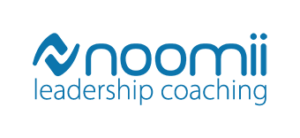



Leave a Reply
Want to join the discussion?Feel free to contribute!